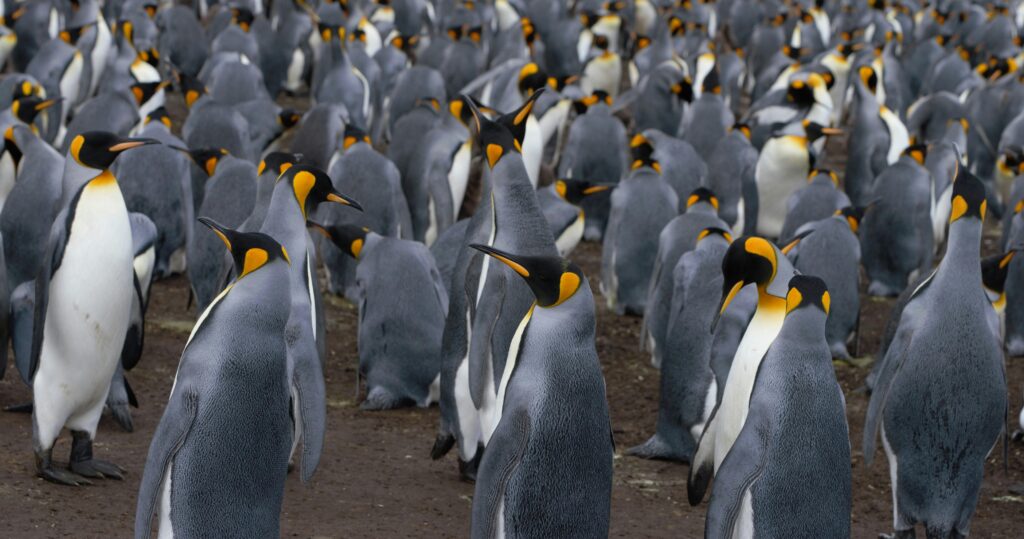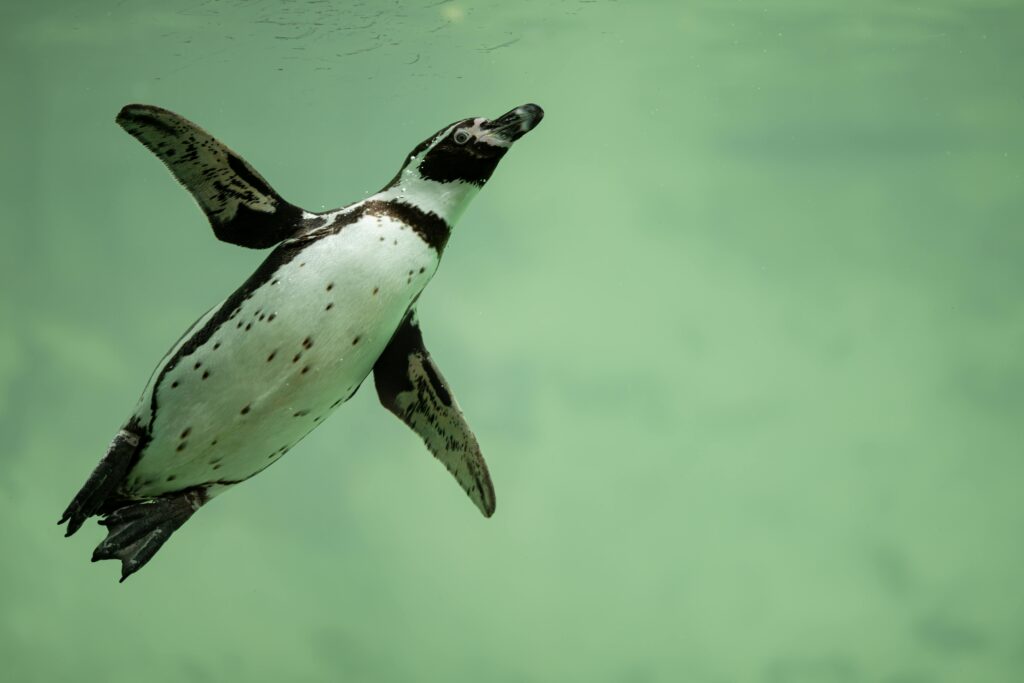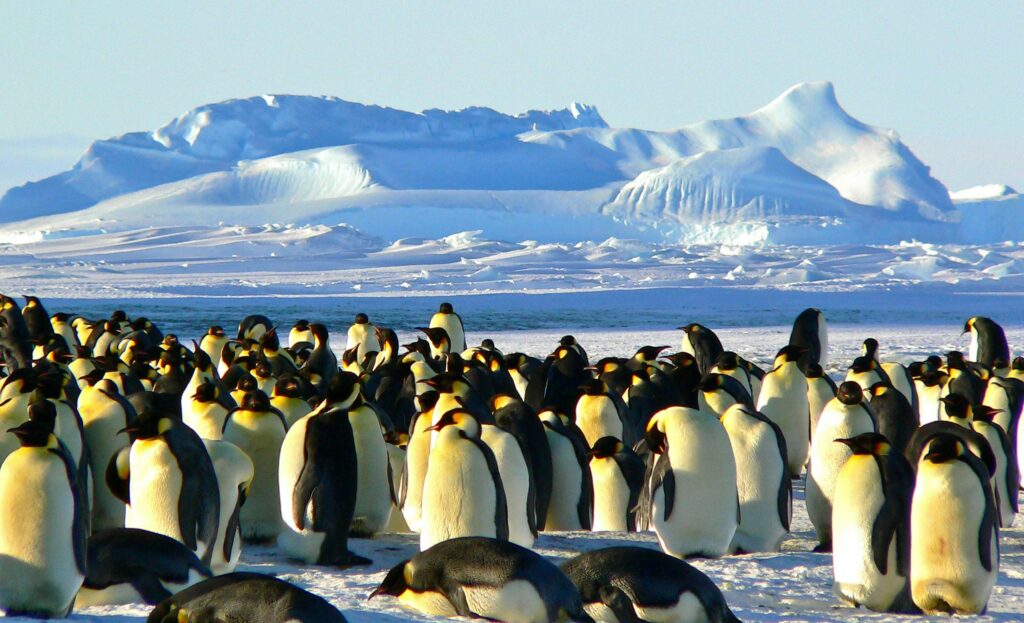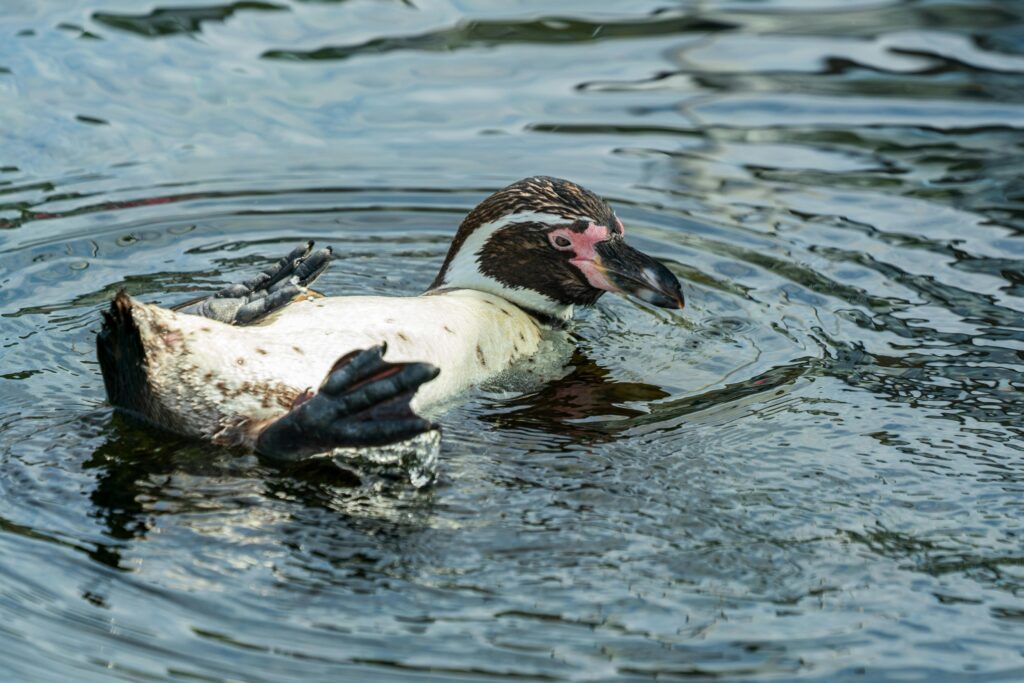Penguins’ Diverse Vocalizations and Communication Methods: How Do Penguins Recognize and Talk to Each Other?
When we think about penguins, we often imagine their adorable waddles and sleek swimming skills. But beneath their charming exterior lies a complex and fascinating social world where sound plays a crucial role. Penguins are highly social creatures, and their survival often depends on how effectively they can communicate in the harsh environments they inhabit. From noisy breeding colonies to the vast, icy expanse of Antarctica, penguins rely heavily on vocalizations and body language to navigate their lives.
Why Communication Is Essential for Penguins
Life as a penguin isn’t easy. Between hunting for food, raising chicks, avoiding predators, and surviving extreme climates, effective communication is vital. Unlike humans, penguins can’t rely on visual cues alone—especially in dense colonies where thousands of individuals look almost identical. Instead, they’ve evolved a remarkable array of sounds and gestures to identify one another, express needs, and maintain social bonds.
The Sound of Survival: Penguin Vocalizations
Penguins use vocalizations in many aspects of their lives. Each species, and indeed each individual, has a unique “voice” that can be recognized by others.
1. Contact Calls
When penguins are at sea or separated from their mates or chicks, they use contact calls to locate one another. These calls are usually loud and repetitive, cutting through the noise of wind and waves.
2. Display Songs
During the breeding season, penguins often perform display songs to attract mates and assert dominance. These songs are complex sequences of sounds that vary between species. For example, Emperor Penguins have a trumpeting call that can be heard over long distances.
3. Begging Calls
Chicks produce high-pitched begging calls to solicit food from their parents. These calls are critical, especially when multiple chicks are present, to ensure that the right chick gets fed.
4. Alarm Calls
When predators are near, penguins issue sharp, urgent alarm calls to alert others in the colony. This quick communication can mean the difference between life and death.
Acoustic Adaptations: How Penguins Are Built for Sound
Penguins’ vocal cords and beaks have adapted specifically for their noisy environments:
- Syrinx Adaptation: The syrinx (the vocal organ in birds) of penguins is specially structured to produce loud, far-carrying sounds.
- Beak Positioning: When calling, many penguins tilt their heads back and open their beaks wide to amplify the sound.
These adaptations ensure their calls travel long distances and remain distinguishable even amidst thousands of calling birds.
Recognizing the Right Voice
In crowded colonies where tens of thousands of penguins gather, recognizing the call of a mate or chick is vital. Research shows that penguin calls have unique frequency patterns and rhythms, much like human voices have unique tones.
- Mate Recognition: Mated pairs recognize each other by their distinct calls even after long separations.
- Parent-Chick Identification: Parents and chicks identify each other through a two-way recognition system. Both parties listen for specific vocal cues.
This vocal signature ensures that food and care are directed to the right individuals, crucial in a bustling, chaotic environment.
Beyond Sounds: The Role of Body Language
While vocalizations are critical, penguins also rely heavily on body language:
- Posturing: Penguins often use upright stances, head-bobbing, and wing displays to communicate aggression or submission.
- Flipper Slapping: Some species, like the Adélie Penguin, use flipper slaps on the water or their own bodies as a form of non-verbal signaling.
- Bowing and Preening: Bowing is a greeting behavior, while mutual preening (allopreening) helps maintain social bonds among mates.
Body language complements vocal signals, adding another layer to their sophisticated communication system.
Species-Specific Communication
Different penguin species have developed communication styles suited to their unique environments:
- Emperor Penguins: Known for their deep, trumpet-like calls. The extreme Antarctic environment demands strong, far-reaching vocal signals.
- African Penguins: Also known as “jackass penguins” because their braying calls resemble those of a donkey.
- Little Blue Penguins: Use softer, more melodic calls suitable for their forested or burrowed nesting habitats.
Each species’ communication style is a reflection of the acoustic challenges of their particular habitat.
Fascinating Facts About Penguin Communication
- Duets: Some penguin species engage in duet singing between mates, strengthening their pair bond.
- Underwater Calls: Recent studies suggest that some penguins may vocalize underwater, possibly to coordinate during group hunting.
- Regional Accents: Just like humans, some penguin populations have slight “accents,” with variations in their calls depending on the colony.
Curious about how penguins brave the icy extremes? Check out our in-depth post on how penguins survive the harsh Antarctic winter.
Want to know more about their evolution? Here’s why penguins can’t fly and how it shaped their incredible aquatic skills.
Threats to Penguin Communication
Unfortunately, human activities threaten penguin communication:
- Noise Pollution: Increased human presence and industrial activities introduce background noise that can interfere with penguin vocalizations.
- Climate Change: Altered landscapes and shifting breeding grounds can disrupt established communication systems.
Preserving quiet, undisturbed breeding sites is crucial for maintaining penguin populations and their social structures.
For a deeper dive into penguin communication, explore this detailed National Geographic guide.
Scientists have also studied how penguins recognize their mates even in chaotic colonies.
Conclusion
Penguins are far more than adorable creatures in tuxedos; they are masters of vocal and non-verbal communication. Their ability to recognize each other’s voices in a sea of noise is nothing short of remarkable. As we continue to learn about these fascinating birds, it becomes clear that their social intelligence is as impressive as their swimming prowess.




